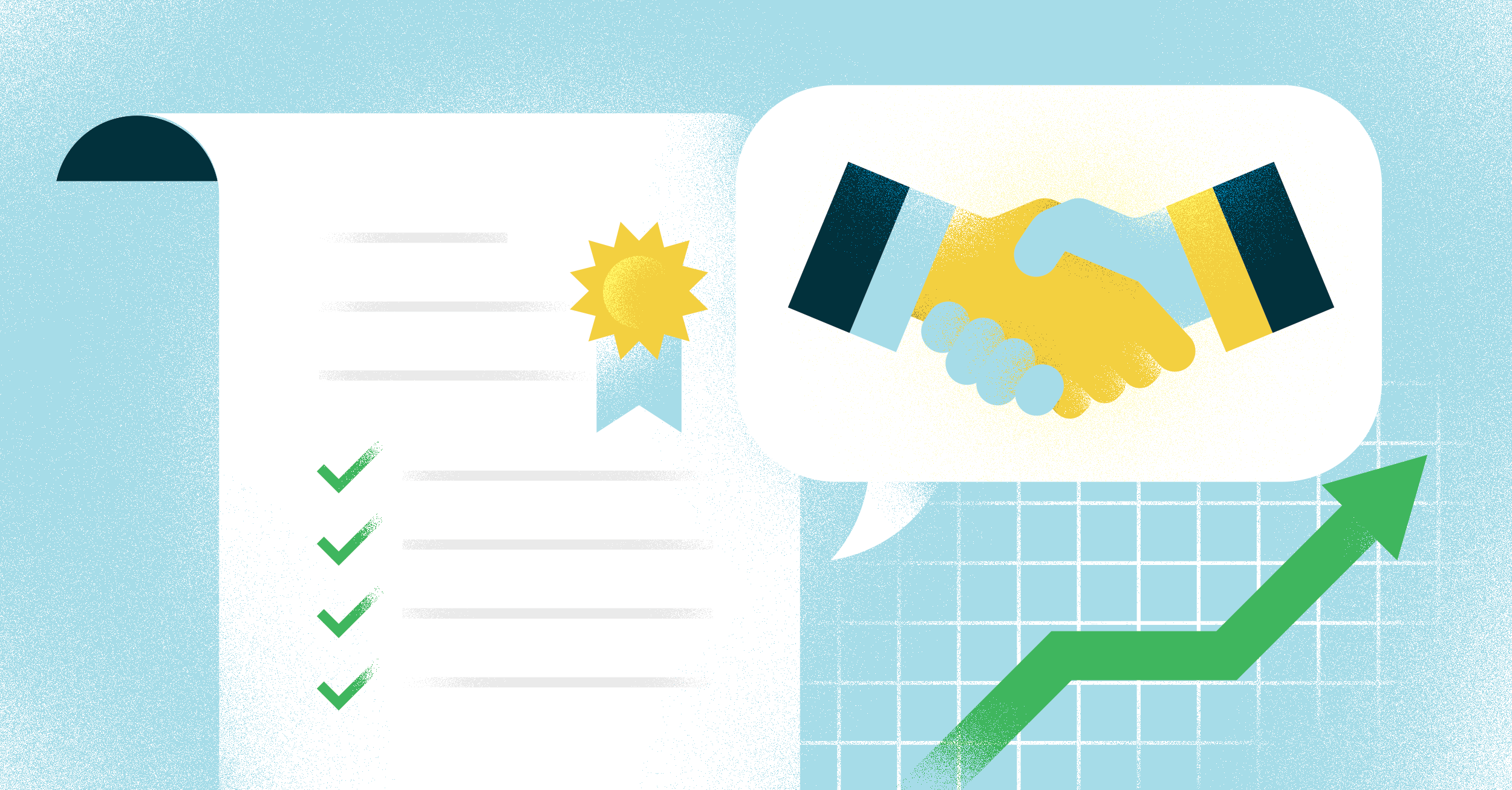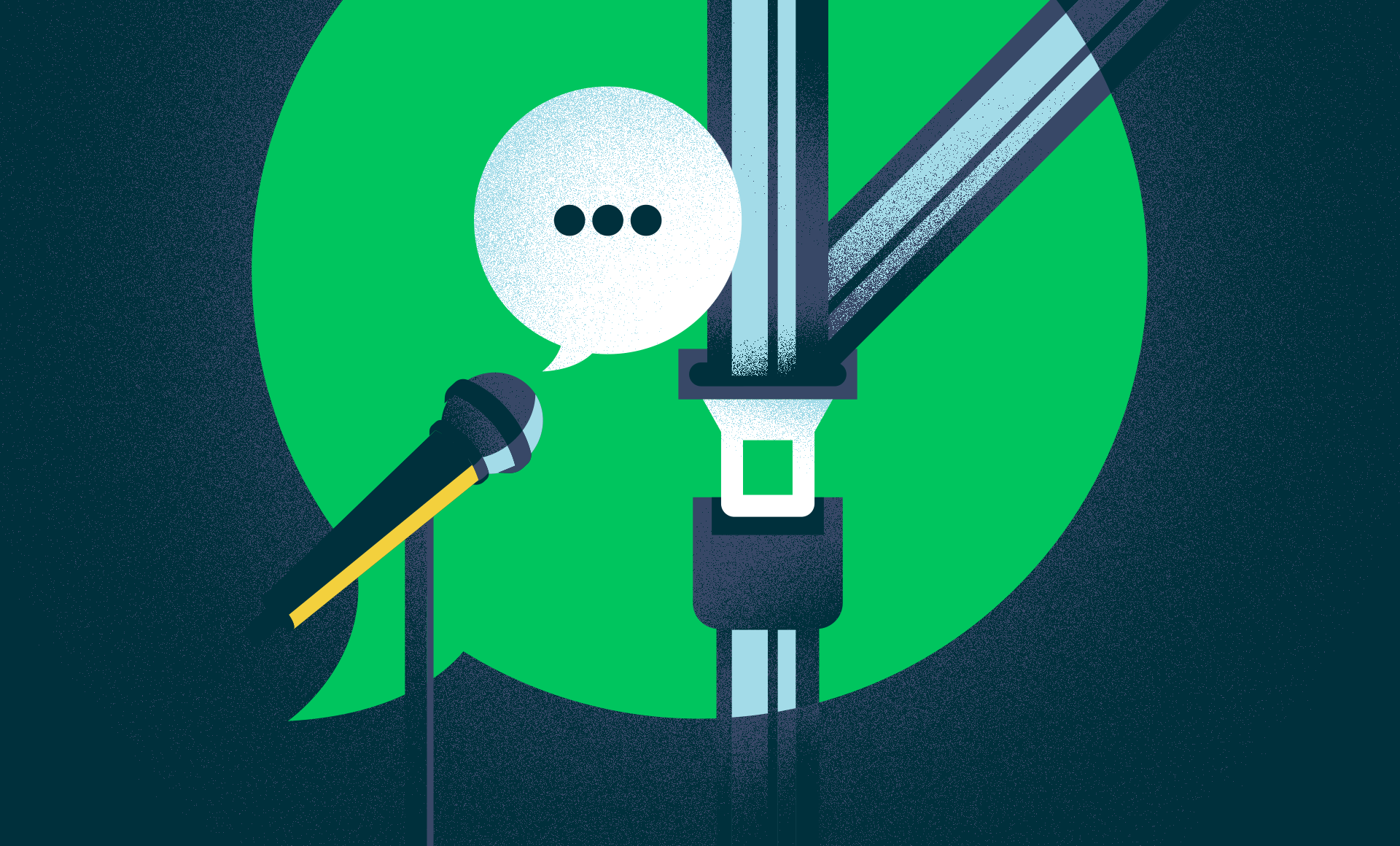In a recent webinar co-hosted by SS&C Intralinks and Kira Systems (now part of the Litera family of companies), three leading EU-based M&A lawyers provided some perspective on the evolving nature of due diligence practices.
Despite the webinar’s title, “Does Due Diligence Still Matter?” the consensus seems to be that not only does due diligence still matter, it provides a wide range of benefits to clients, and diligence practices are constantly evolving in response to market conditions.
The webinar was opened by SS&S Intralinks’ Director of Strategic Alliances and Corporate Development Brian Hwang, and moderated by Kira Systems’ Co-founder and CEO of Zuva Noah Waisberg. The panelists were:
- Sandra Lord, Partner at Matheson
- David Oser, Partner at Homburger
- Holger Hofmeister, Partner at Skadden, Arps, Slate, Meagher & Flom LLP and Affiliates
Why Do We Do M&A Due Diligence?
Before getting into how due diligence is changing, the discussion began by remembering why due diligence is part of the M&A process in the first place. Due diligence can be expensive and slow, but it provides value to the transaction in multiple ways.
Sandra Lord level-set the discussion with a quick reminder of the four main functions that due diligence plays in the process, and the benefits that due diligence can bring to a deal:
- Identifying large, red-flag issues. These are the issues that could give a purchaser a reason to reconsider the deal or to go forward only substantially different terms.
- Finding material issues that, while not dealbreakers, do go to price. A risk that could impact a future income stream, such as a material contract with significant recurring revenue that would be terminated, is one example. That information would enable the purchaser to test the valuation model and if appropriate, reduce the purchase price.
- Identifying risks that the buyer might be willing to inherit as part of doing the deal, but only at the seller’s cost. For example, if uninsured litigation is discovered, a buyer is better armed to seek an indemnity or escrow. This is the kind of liability that tends to create the most noise or discussion on a deal.
- Providing the buyer with important information about the target, eg sales or distribution models, change of control provisions. This bucket isn’t necessarily detrimental to the deal, but helps clients hit the ground running after the fact and leads to a successful integration.
The important point here is that due diligence is not a one-dimensional exercise. Each deal is different, and any or all of these functions of due diligence can come into play. And all of them are potential sources of real value to the client.
The Role of Partners in Due Diligence
Diligence is often thought to be the domain of associates, sent off to spend late nights poring through documents in what is sometimes perceived as a necessary but low-value exercise. But there are important roles for partners in the process. As Holger Hofmeister put it, “I absolutely should get involved in diligence on my deals, and my clients should expect it.” He said the role for partners centers on four main activities:
- Talking to the client, understanding the business and their goals. In the early stages it’s important to guide clients, and make suggestions on diligence approaches. That’s a dialogue between partner and client.
- Guide the team. This can be a challenge with large teams; they can consist of 20+ lawyers around the world on a big deal. It’s important to ensure that the work is proceeding efficiently.
- Depending on findings, partners should weigh in on issues that come up, and communicate with clients through the whole process.
- Taking ownership of the diligence report The partner needs to take a final look, to be sure it’s aligned with the client’s interests and focus and communicated well.
Large-Scale Document Review Requires AI
The fact of the matter is that many legal projects that require comprehensive document reviews simply cannot be done by traditional, human-only processes. Projects requiring review of tens of thousands or even millions of documents are possible with the help of today’s AI-based document review tools, and in many cases technology-supported is the only way some of those projects can be tackled.
Skadden’s Hofmeister brought up a significant example from his own experience. A client was engaged in a comprehensive reorganization of a global enterprise. Key to the process was understanding all of the company’s relationships that were expressed through its contracts and other documents - which turned out to be over 4 million in number. This led to a lot of discussions with the client, because as Hofmeister said, “If you want to do that, you can only do it with AI. If the goal is to check everything, we need AI.” The firm ultimately went forward with using Kira’s AI-powered document review platform to cover all the documents, setting up spot checks and other means to ensure the results were accurate.
When asked whether that broad scope of review turned up issues that might not otherwise have been found, Hofmeister said, “In part, yes. With respect to certain types of contracts, we were told that those contracts should all be pretty similar to a degree. That might justify only looking at a sample of them, but we decided to look at the whole universe. And it did turn out that there was some stuff that was not supposed to be there.” The risks discovered in this way turned out not to be significant, but the fact that they were found gave everyone involved confidence that the AI was up to the job.
“We looked at things like assumption clauses, competition related stuff, confidentiality, and some other things, and I think, ultimately, the software did a great job, But we concluded, of course, that we cannot simply rely on the findings of the software, right? So we reviewed and we did spot checks with a significant amount of the data so that the client would be comfortable.”
Hofmeister added that Kira’s ability to be trained on German-language clauses was essential to the project, where a large share of the documents were in languages other than English.
Warranty and Indemnity Insurance’s Impact on Diligence Practices
One of the trends that is driving change in diligence practices is the increasing use of Warranty and Indemnity (W&I) insurance to cover financial losses that might arise from a breach of warranties or claims under certain indemnities given by the seller in a purchase agreement. Host Noah Waisberg noted that, in his company’s recent acquisition by Litera, the existence of W&I insurance actually increased the volume of diligence the parties needed to engage in.
Noting that she’s had similar conversations over and over again in recent months, Sandra Lord offered the perspective that W&I insurance is becoming as common in the EU as it is in the US. “It certainly drives more diligence; in order to underwrite a deal, the insurer needs confidence in the due diligence and will want to stress test the level of review undertaken in the deal.” If anything, W&I It actually requires a more robust approach to diligence.
It’s important that clients understand this as scope of review is considered. “If a client is trying to save costs and says, look, there’s no need to review any contract, it’s important that they understand that any issues associated with those contracts are likely going to be excluded from the W&I policy.”
Oser agreed that workload has increased as a result of W&I, and added, “the key point that everyone needs to remember is that if you take a very focused approach in due diligence, there is a flip side. If you say, for example, we are not covering particular jurisdictions, that will also mean you will not obtain any insurance on those jurisdictions. And sometimes, that’s not really what the client wanted. Because, in the warranty, you’d have gotten a representation on it, and now, you have decided, that’s not material. So you end up with nothing at all. So it has changed the landscape a bit. And you have to be aware of the consequences when you make these kinds of decisions.”
Is AI Influencing the Scope of Diligence?
Waisberg asked whether the availability of AI tools is having an impact on scope discussions. Given the ability of AI to find risks in assignment, exclusivity, and other clauses in contracts that might not normally be deemed material, are more clients and lawyers willing to broaden the scope of diligence to review more material, just because the new technology allows them to do so?
Hofmeister responded that, while he normally will have this discussion with clients, it’s not unusual to proceed without AI. In a competitive auction situation where time might be pressed. If the client’s data room is well organized and deliberately selected, one might decide not to use AI after consulting the client.
But Oser noted that some clients are willing to extend scope because of the availability of AI tools. “If the question is whether we can convince clients to broaden the scope now that we have technology at our disposal, I think the answer is yes, to some extent, particularly if you have a merger that involves a lot of contracts. In the past we might have tried to limit the scope of diligence as much as we can, just to make it feasible in the short time frames we have available. I think what’s happened now is that you have technology available that allows you to search for the key issues that you identified, and fairly quickly get to a result of that basis. So I would say, yes, I think we typically would broaden the scope in those cases.”



